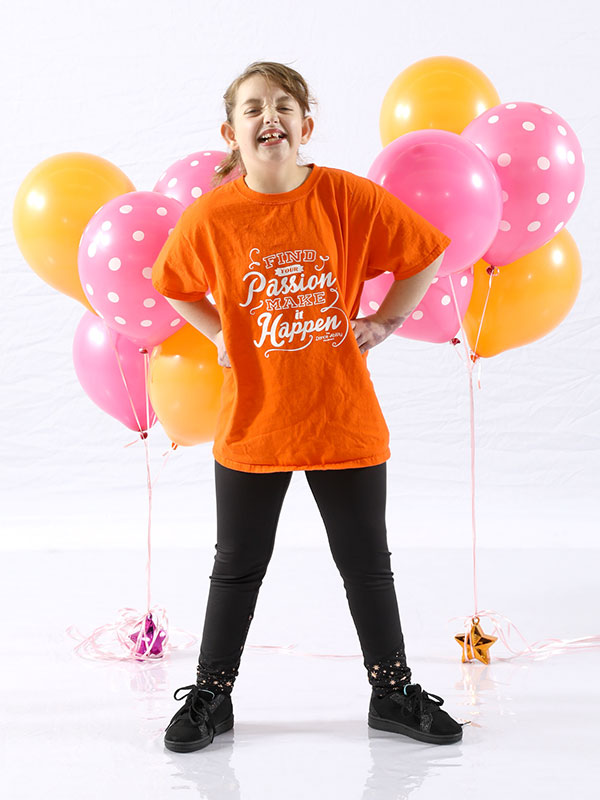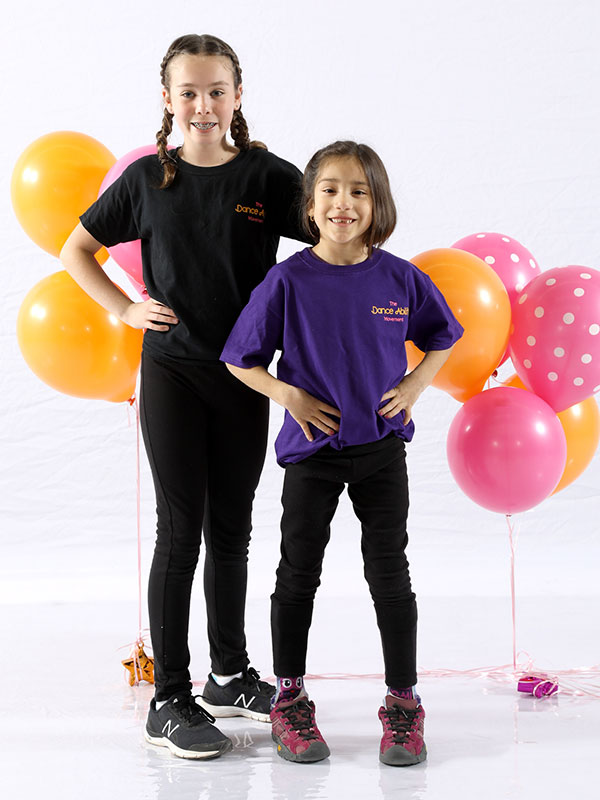
Why Join the Dance Ability Movement
What makes our program unique?
- Dance Ability Movement classes are led by qualified dance instructors in consultation with Occupational Therapists who are passionate about enabling individuals with special needs to reach their potential and thrive in their community;
- Our OTs meet with each new dancer to set goals, and learn about each dancers’ unique needs and learning styles and collaborate with families to adapt the class and teach each dancer in a way that best suits them;
- We use universal design approaches to support group dynamics, grade activities to the skill level of the class, and to promote fitness, fun & connection building in every class;
- We provide support for our dancers with volunteers who are trained and supported by the Occupational Therapist. Our volunteer team includes a variety of ages, abilities and skill sets;
How do we use current evidence as rehabilitation professionals?
- To support the health and well-being of all our participants and team members we use the F-words framework focusing on six key areas identified by families of children with disabilities as being important to their development: fun, friends, fitness, function, family, and future. This framework is based on the holistic health model outlined by the World Health Organization’s International Classification of Functioning, Disability, and Health. To learn more, visit the F-Words Knowledge Hub hosted on the CanChild website.
- Participation is an important outcome in the field of childhood disability and rehabilitation; we focus on enabling participation in dance through:
- Addressing environmental barriers which are known to restrict participation for people with disabilities (i.e., physical built environment, social environment) and adapting the task (i.e., dance) to the appropriate level of challenge for each dancer
- Building capacity of dancers, their families, volunteers, dance instructors and others in the studio environment to be able to support meaningful involvement of people with disabilities in community spaces
- Implementing principles and resources from the PREP (Pathways and Resources for Engagement and Participation) approach, an evidence-based intervention to improve participation of people with disabilities in self-chosen activities through building capacity of a participation team and using environmental-based strategies. Evidence suggests that through participation in meaningful activities, individuals can improve underlying skills (i.e., physical skills, mood, attention, etc.).

Opportunities for YOU as a…
DANCER
- Physical activity in a motivating environment;
- Work on balance, coordination, gross and fine motor skills all through DANCE;
- Develop social skills and make new friends & mentors;
- Fun environment to work on other skills such as choice-making, communication, turn-taking, body awareness, etc;
- Opportunity for self-expression, exploration of movement, freedom to connect with music and movement to express emotions;
- Peer support through volunteer dance buddies who model dancing and socializing in class;
- A chance to perform on stage!

Opportunities for YOU as a…
FAMILY
- Networking with other families and becoming part of a supportive group of other parents of children with different needs;
- A chance to develop relationships that foster your child’s social skills and plan group activities with children and families who have similar interests;
- Become a part of a dance studio community, which can include siblings and other family and friends of all abilities;
- Celebrating your child’s differences and showcasing their abilities for others to see at performances;
- A chance to focus on your child’s strengths and engagement in a meaningful activity;
- Opportunity to be a part of raising awareness in society about individuals with different abilities.

Opportunities for YOU as a…
VOLUNTEER
- Giving back to your community in a meaningful way;
- Sharing your love of dance with others;
- Learning how to communicate, facilitate, support and engage children, youth, and young adults with various abilities;
- Developing communication and professionalism in interaction with parents and families;
- Development of leadership skills (risk-taking, taking initiative, exploring interests, coaching others);
- Increasing awareness and understanding of diversity and inclusion;
- Education about potential future careers not previously explored (ie. Occupational Therapists, Music Therapists, etc!);
- An opportunity to earn high school required volunteer hours; many volunteers choose to contribute more than their required hours once becoming involved in this class;
- Joining a network of other volunteers and mentors available to provide support in the development of your skills and pursuit of your own dreams;
- Seeking out additional opportunities through connecting with families and experienced team members (i.e., respite work, camp counselors, etc.)
Some of the key ingredients in our approach
- Implementing strategies to support each student’s sensory needs based on our experience working with children, youth, and young adults with autism and additional training in sensory processing disorder;
- Using safe moving and handling principles based on recent evidence and training (transfers, mobility, how to safely get up from the floor, assisted walking, etc.);
- Practicing Family-Centered Care: we know that parents are the experts in their child and we work collaboratively with families to best support their child;
- Striving for a total communication approach, which considers many different forms of verbal and non-verbal communication (i.e., dancers using Augmentative or Alternative Communication/AAC, American Sign Language/ASL, etc.);
- Take a strength-based approach focused on each dancers’ strengths and how to enable them to participate in dance just AS THEY ARE!
Creating MOVEMENT on a larger scale, The Dance Ability Movement also…
- Participates in community events; advocating for a presence to showcase abilities of those with special needs;
- Is actively involved in research related to tracking outcomes of community dance programs, goal setting with families, participation-based therapy approaches, etc;
- Participates in the education of future occupational therapists via student fieldwork placements, academic presentations, etc;
- Educates young volunteers & peer buddies within the dance environment about individuals with different needs and their value in society; teaching them to see possibilities instead of limitations and to develop positive relationships which foster learning from one another in a safe environment.
